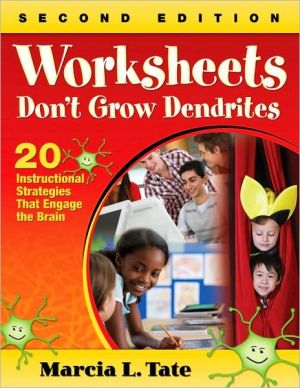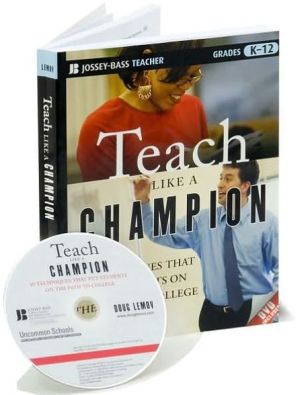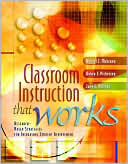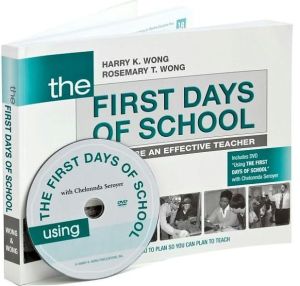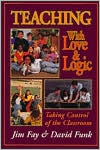Worksheets Don't Grow Dendrites: 20 Instructional Strategies That Engage the Brain
The second edition of Marcia L. Tate’s bestseller offers 20 field-tested, brain-compatible instructional strategies that maximize memory, engagement, and learning for every student.
Search in google:
"Marcia Tate has done it! This is the most practical application of the brain compatible and learning styles research I've ever seen. The twenty strategies will make learning fun again. Every teacher should explore the rich resource for teaching offered in this book!"--William Bender, ProfessorUniversity of Georgia"When teachers in all schools integrate Tate's 20 instructional strategies into classroom instruction, school will become a place where all children can experience success regardless of their learning style."--Linda Aikens-Young, PrincipalC.J. Hicks Elementary School, Conyers, GADesign fascinating activities and inspire active learning with proven teaching tools!Attention spans, subject interest, learning styles, and even levels of understanding vary from student to student. Just as every student is different, teachers have their own personalities and teaching styles. Yet years of research confirm that certain teaching tools awaken the desire to learn in students by engaging their brains. And once their brains are engaged, synthesis, and retention of information will soar!Worksheets Don't Grow Dendrites targets teachers as "growers of brain cells" and encourages them to make practical application of the findings of learning style theorists and neuroscientists. Tactile learners, spatial thinkers, and logical minds alike will become eager students as the strategies in this handbook are implemented. Imagine raising student achievement by meeting the learning needs of each student and increasing subject matter understanding, all while enjoying teaching andlearning. Marcia Tate demonstrates 20 strategies, including: Using humor and telling stories Implementing problem-based instruction Incorporating games into lessons Utilizing mnemonic devices and metaphors And even singing and dancing while learningActively engaging students in the learning process is the best way for them to succeed in school--and in life. Give them an edge by growing their dendrites!Also see:
IntroductionAcknowledgmentsAbout the AuthorStrategy 1Brainstorming and Discussion1Strategy 2Drawing and Artwork9Strategy 3Field Trips15Strategy 4Games21Strategy 5Graphic Organizers, Semantic Maps, and Word Webs27Strategy 6Humor37Strategy 7Manipulatives, Experiments, Labs, and Models43Strategy 8Metaphors, Analogies, and Similes49Strategy 9Mnemonic Devices55Strategy 10Movement61Strategy 11Music, Rhythm, Rhyme, and Rap67Strategy 12Project-Based and Problem-Based Instruction73Strategy 13Reciprocal Teaching and Cooperative Learning79Strategy 14Role Plays, Drama, Pantomimes, and Charades85Strategy 15Storytelling91Strategy 16Technology97Strategy 17Visualization and Guided Imagery101Strategy 18Visuals107Strategy 19Work Study and Apprenticeships113Strategy 20Writing and Journals119Bibliography125Index133
\ Linda Aikens-Young"When teachers in all schools integrate Tate's 20 instructional strategies into classroom instruction, school will become a place where all children can experience success regardless of their learning style."\ \ \ \ \ Marilee Sprenger"The book is highly readable with practical applications that will appeal to all educators, especially those interested in current brain research and differentiation."\ \ \ Donna Walker Tileston"The book's contribution to the field is not that the strategies presented are new, but that they are all found in one book and with ideas across grade levels. It is done concisely and with enough information to help even the novice."\ \ \ \ \ Kayce Haenisch"Tate has excellent ideas to get students motivated to learn—and they work! The tactics are fun, simple, and make teaching much easier. I'm anxious to use even more ofthese strategies with my freshmen and sophomores. "\ \ \
